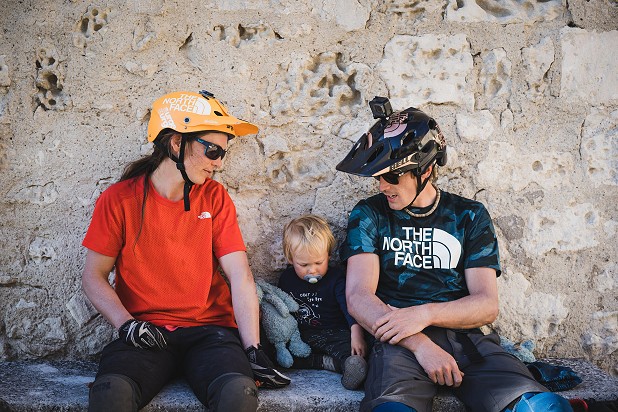
WEIGHT: 58 kg
Bust: C
One HOUR:70$
NIGHT: +70$
Services: Lesbi-show hard, Tantric, Smoking (Fetish), BDSM (receiving), Pole Dancing
Official websites use. Share sensitive information only on official, secure websites. Human papillomavirus HPV16 infection causes most cases. The absolute burden of anal cancer is higher for women than men 3 - 5 , yet, anal cancer disproportionately affects HIV-positive individuals and men who have sex with men MSM , even if they are HIV-negative 6 , 7.
Among women, vaccine efficacy VE against cervical both vaccines 10 , 11 and vaginal and vulvar quadrivalent only 12 HPV infections and related diseases has been demonstrated. For men, VE against penile, perianal, perineal HPV infections as a combined endpoint has been demonstrated quadrivalent only The bivalent vaccine has not been evaluated at extra-cervical sites.

We conducted a study to evaluate efficacy of the bivalent HPV vaccine to reduce anal HPV infection, nested in a community-based randomized cervical vaccine efficacy trial of adult young women. The study enrolled women residing in Guanacaste and selected areas of Puntarenas, Costa Rica, identified via a census, between Main eligibility requirements were: age years, planned residence in the area for the 6 months following enrollment, in good general health, neither pregnant nor breastfeeding, and willing to provide written informed consent.
Women were excluded if they had preexisting medical conditions that required chronic treatment or caused immunosuppression, had a history of hepatitis A or previous vaccination against it, or were unwilling to use contraception during the vaccination period. Both vaccines were formulated in three 0. HPV and control vaccines were assigned random vaccine identification numbers at the time of labeling by the manufacturer.

Study personnel at the Costa Rican study site randomized participants by assigning each eligible participant to the next available sequential vaccine identification number. The protocol called for a dose of vaccine at each of 3 study visits: at enrollment, 1 month following the initial dose allowable range, days , and 6 months following the initial dose allowable range, days.





































